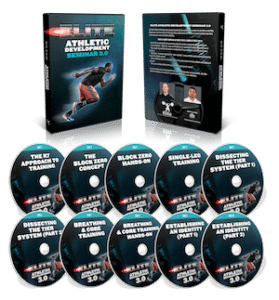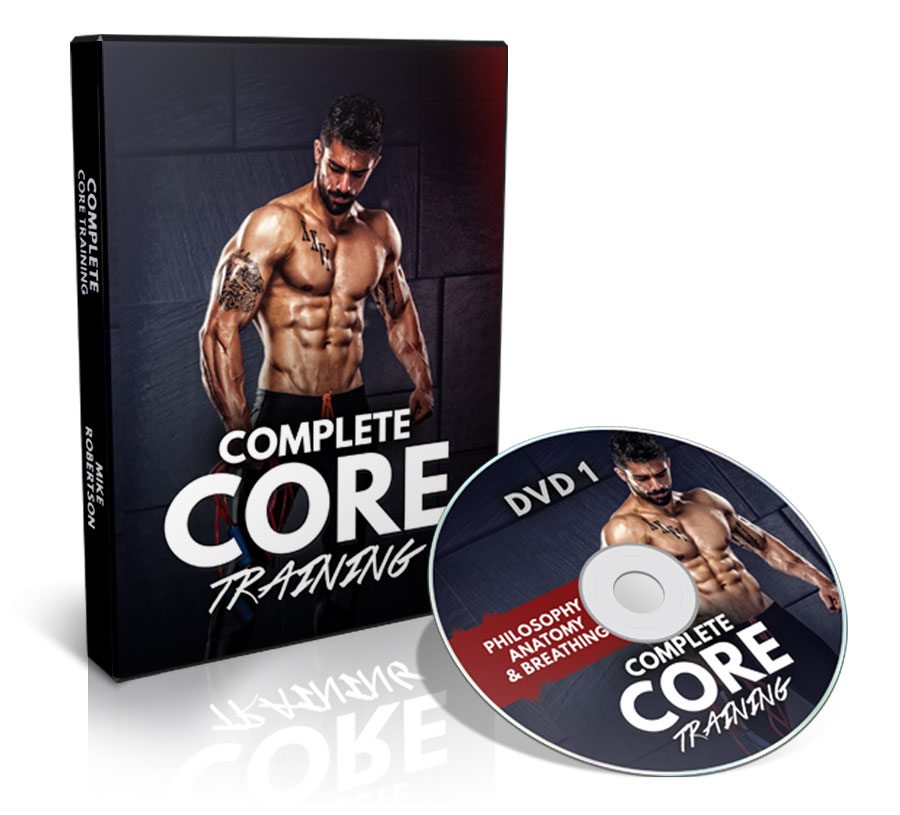Progressions of Block Zero Cash,E 5/14
Progressions of Block Zero
Eric Cash, MS, SCCC
Head Strength and Conditioning Coach, Dorman High School
The Block Zero content at bighousepower.com as sparked a great deal of discussion. One of the topics that I have received emails concerning is the progression of exercises or how to increase intensity. Due to varying factors, there is not a cookie cutter answer for progression throughout a block zero program.
For coaches in the private sector your training group might not be as large as a group in the high school athletic setting. Coaches in the private sector also have to consider clients pay (or parents) for services and clients want to see results. So to retain clients and build your business, Block Zero may not last as long. College strength coaches may feel pressure from sport coaches to “get athletes stronger.” Nevertheless, if you are in a high school weight room, college weight room, or in the private sector and you are following Block Zero principles and implementing the Tier System, at some point you will progress your athletes out of Block Zero into Block 1.
Before we can progress out of Block Zero, let’s discuss how to set up a Block Zero program.
Program Setup
Keeping in-line with Tier System principles, one should develop an exercise pool for any Block Zero program based on goals set forth by the strength and conditioning coach. It is important to remember that similar to the Tier System, Block Zero programs should be principle based and specific to an individual strength programs goals and direction.
Below is the first four week cycle of our 8th grade program used this spring. The program is set up for two days per week and has specific goals:
* Introduction to athletic position
* Early emphasis on developing the posterior chain
* Functional Strength (Body Control and Awareness)
* Basic movement and jumping mechanics
* Preparation for future Tier System Training
For the beginning athlete, the focal point is functional strength and the relationship functional strength has for future athletic development. Through repeated practice with Block Zero exercises, athletes should understand the importance of:
* Engaging core on stability exercise
* Controlled movements
* Activating certain muscle groups
* Exercises in relation to injury prevention
The training card illustrates exercises are very basic in nature. Athletic Position is the starting point for each training session. From the athletic position we go straight into a body weight squat. It is important for us to perform a bodyweight squat directly after the athletic position due to the emphasis placed on the carryover of the athletic position to squat.

What’s Next?
Progressing in intensity or progressing out of Block Zero will vary from coach to coach and program to program. Progressions in exercise across cycles should mirror philosophies and goals of the strength and conditioning program.
Increasing Intensity
Instituting tempo is an easy way to increase intensity of body weight exercises. Tempo training, more commonly known as Time Under Tension (TUT), allows for increases in intensity while maintaining the focus of functional strength. As well, athletes develop local muscular endurance through functional strength movements before they progress into Block 1 programs.
When applying an external load in Block Zero programming to increase intensity, take small steps and make it something the athletes can “escape” from quickly. For total body movements, Kettlebell swings are a safe first step and continue the development of block zero concepts: pushing through the heel and maintaining posture through movement. Goblet Squats are also a safe way to implement an external load for Block Zero athletes. By adding the external load in front of the athlete, we are preparing them for the demands of front squat introduced in Block 1.

Intro into Tier Rotation
As a coach that utilizes the Tier System for all athletes, it only makes sense to prepare athletes for inclusion into Block 1 programs. Here in the functional training block, we continue to implement introductory exercises, but we do so in Tier System fashion: day one is Session T and day two is Session L.
While introducing the tier rotation, the development of the novice athlete through Block Zero remains the primary focus. And the progressions used for any Block Zero program should be designed for continual growth into future training programs.
As previously mentioned, kettlebell swings and goblet squats are two externally loaded exercises introduced in the Block Zero tier rotation. To complete the rest of the tier rotation, we continue to add and progress through body weight exercises. Jumps become part of the rotation in total body blocks. Variation and TUT are key in progressing through the lower body and upper body blocks.
Intro to Front Squat
In the second cycle of our block zero program, athletes begin to learn all aspects involved in the front squat. Front squat is the first major squat movement taught because bar placement typically allows novice squatters to perform and master front squat easier than traditional back squat. All work done with front squat is performed with a dowel rod and there is early emphasis placed on wrist flexibility so when an external load is added athletes can perform a front squat correctly.
Remember……
All strength coaches want to develop athletes or we wouldn’t be in the business. Just like there are different philosophies in teaching the power clean, there will be different philosophies on young athlete or freshmen development programs. The key is to ensure that your introductory program for novices is reflective of your philosophy and goals. Progress according to your plan and what works best for your situation.







